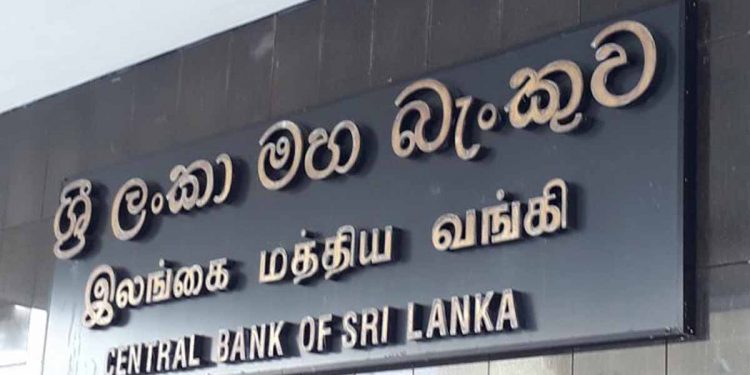Central Bank Ends Interest Rate Caps and Mandated Lending Rate Reductions
In a move signaling a gradual easing of restrictions on the financial sector, the Central Bank announced yesterday the termination of interest rate caps and mandated reductions in overall lending rates within the banking sector. This decision comes as lending rates have effectively fallen below the stipulated levels.
Effective immediately, the Central Bank will repeal the Monetary Law Act Order No.01 of 2023, issued in August last year, which imposed maximum interest rates on rupee-denominated lending products.
Previously, the Monetary Board had imposed maximum rates on select lending products and set time-based targets for banks to reduce overall lending rates. This decision was made due to delays in banks passing on the benefits of monetary policy easing to borrowers.
Under the previous order, maximum rates were set at 18 per cent for pawning, 23 per cent for pre-arranged temporary overdraft facilities, and 28 per cent for credit cards. Banks were also instructed to reduce other rupee lending rates by specific percentages by certain deadlines.
Penal interest rates were capped at 200 basis points per annum for amounts over approved limits or in arrears during the overdue period.
The repeal of this order was motivated by the successful reduction of overall market lending rates, allowing the Central Bank to transition away from administrative measures towards market-based instruments as the economy normalizes.
Additionally, the Central Bank announced the removal of remaining restrictions on access to the Standing Deposit Facility by banks, effective April 1, to support market-based transmission of monetary policy adjustments.
Previously, access to the standing deposit facility and lending facility rate had been limited, but these restrictions were gradually relaxed over time.
